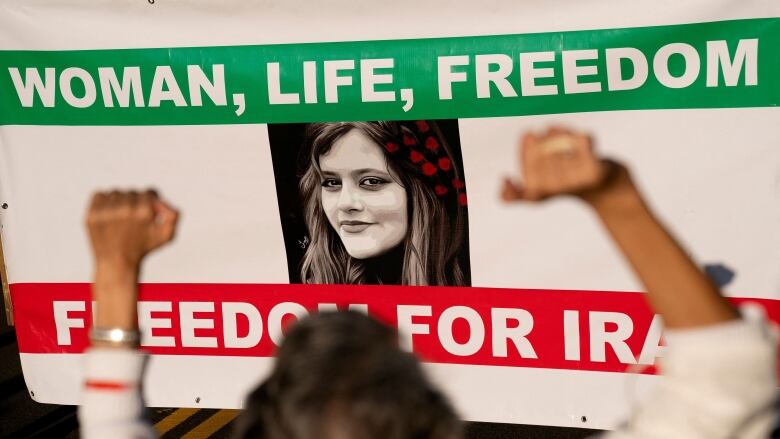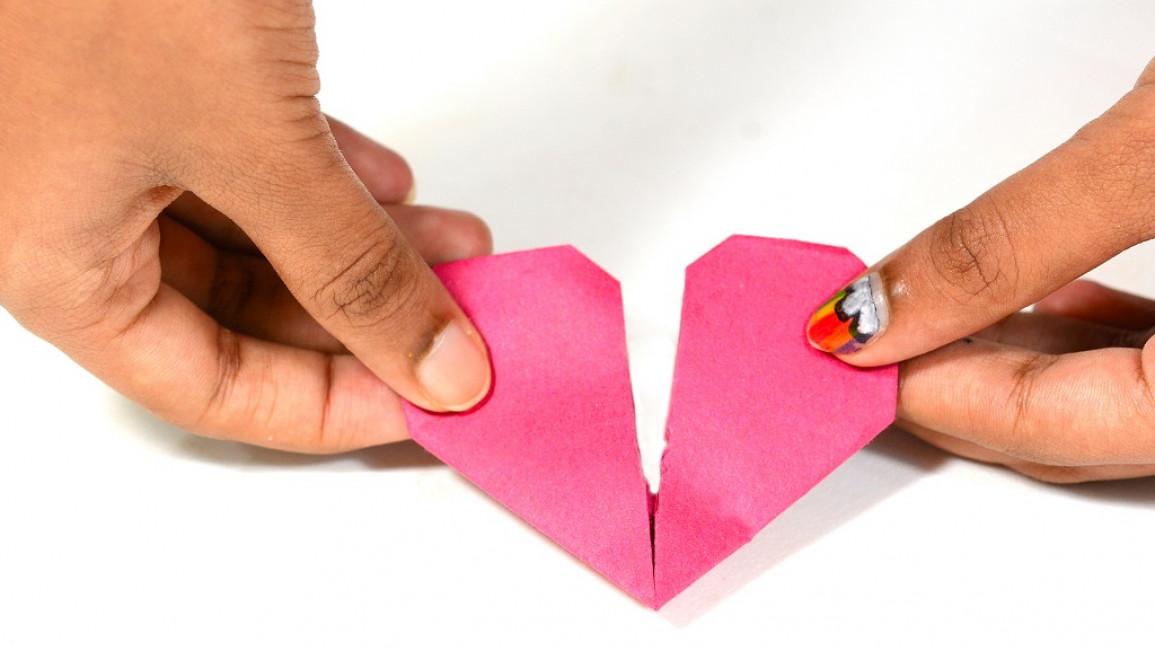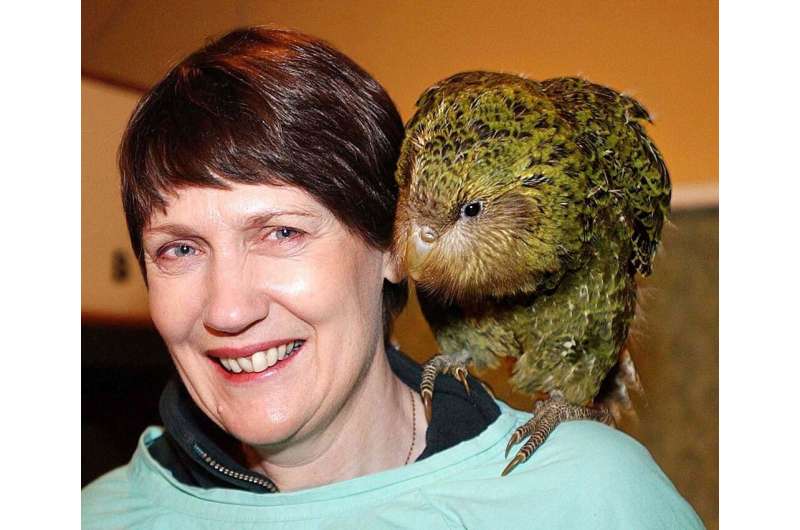
Cambodian migrant workers on a Thai fishing ship wait during an inspection© Fábio Nascimento/The Outlaw Ocean Project, Thailand
Ian Urbina - Oct 21
While forced labor still exists throughout the world, one place where it’s especially pervasive is the South China Sea — especially in the Thai fishing fleet, according to a 2016 investigation by the New York Times. Partly this is because in a typical year, Thailand’s fishing industry is short about fifty thousand mariners, according to the U.N. in 2014. As a result, tens of thousands of migrants from Cambodia, Laos and Myanmar are whisked into Thailand each year to make up this chronic shortfall. Then, unscrupulous captains buy and sell the men and boys like chattel.
With fewer fish close to shore, maritime labor researchers predict that more boats will resort to venturing farther out to sea, making the mistreatment of migrants more likely. The work aboard the fishing boats is brutal. And in this bloated, inefficient, and barely profitable national fleet at a time of rising fuel prices, captains require crew members to simply do what they are told, and have little patience for complaints, no matter how long the hours, how little the food, or how paltry the pay. In short, these captains rely on sea slaves.
The Outlaw Ocean Project, a non-profit journalism organization based in Washington, D.C, got onboard a Thai distant-water vessel using enslaved labor. There, three dozen Cambodian boys and men worked barefoot all day and into the night on the deck of a purse seiner fishing ship.
The third episode of the podcast series The Outlaw Ocean, from CBC Podcasts and the L.A. Times, tells the harrowing stories of sea slavery. Listen to it here:
Rain or shine, shifts run eighteen to twenty hours. At night, the crew cast their nets when the small silver fish they target — mostly jack mackerel and herring — are more reflective and easier to spot in darker waters. During the day, when the sun is high, temperatures topped a hundred degrees Fahrenheit, but they work nonstop. Drinking water is tightly rationed. If they are not fishing, the crew sort their catch and mend their nets, which are prone to ripping.
One boy, his shirt smudged with fish guts, proudly showed off his missing two fingers, severed by a net that had coiled around a spinning crank. Their hands, which virtually never fully dried, had open wounds, slit from fish scales and torn from the nets’ friction. Infections are constant. Captains never lack amphetamines to help the crews work longer, but they rarely stock antibiotics for infected wounds.
On boats like these, deckhands are often beaten for small transgressions, like fixing a torn net too slowly or mistakenly placing a mackerel into a bucket for sablefish. Dispatched into the unknown, they are beyond where society could help them, usually on so-called ghost ships — unregistered vessels that the Thai government has no ability to track. Deckhands typically do not speak the language of their Thai captains, do not know how to swim, and, being from inland villages, sometimes had never seen the sea before.
Virtually all of the crew had a debt to clear, part of their indentured servitude, a “travel now, pay later” labor system that requires working to pay off money they often had to borrow to sneak illegally into a new country. The debt just becomes more elusive once they leave land.
There is this modern assumption, especially in the West, that we got rid of slavery. But debt bondage is still very much present. Like the Cambodian boys held captive, killed if they try to escape. This is what modern day slavery looks like. And until we modernize our understanding of that, we won’t know how to identify it, much less do anything about it.
This story originally appeared on The Outlaw Ocean and was Syndicated by MediaFeed.org.














